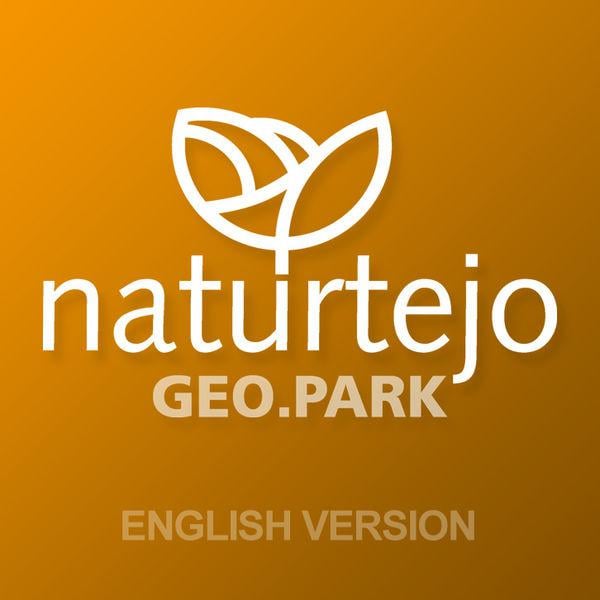
Geopark Naturtejo Meseta Meridional UNESCO European and Global Geopark, in Portugal, unifying the municipalities of Castelo Branco, Idanha-a-Nova, Oleiros, Proença-a-Nova, Nisa e Vila Velha de Ródão, has the main task to value the sites that act as key-testimonies of Earth History, instigating employment and promoting regional sustainable development. The wonderful geomorphologic, geological, palaeontological and mining heritages are composed by geosites with national and international relevance, such as the fossils route of Penha Garcia, Portas do Ródão and Vale Mourão gorges, the Roman gold mine of Conhal do Arneiro and the granite morphologies from Serra da Gardunha and Monsanto. Beyond geosites, Naturtejo Geopark integrates the International Tagus Natural Park and the protected areas in the scope of Natura 2000 Network (Site Gardunha) and also the Important Bird Areas (Penha Garcia – Toulões and the quartzite range of Ródão), that show its ecological richness and environmental awareness. The millenary History of this region is revealed by the presence of hundreds archaeological sites, the highest concentration of Templar castles, churches and manor houses, reaching a rare diversity in Portugal. The Roman Civitas Egitania ruins in Idanha-a-Velha, the Palaeolithic settlements and Rock Art widespread in the Tagus valley, as well as the megalithic regions of Nisa and Rosmaninhal are vital spots of archaeological understanding. The ancestral costums, the lively testimonies of the multiple singularities borderland culture, have deep roots in the ancient landscape. The “most Portuguese village of Portugal” prize was given to Monsanto and the Shist Villages from Geopark are symbols of this ethnographic diversity which still very well preserved